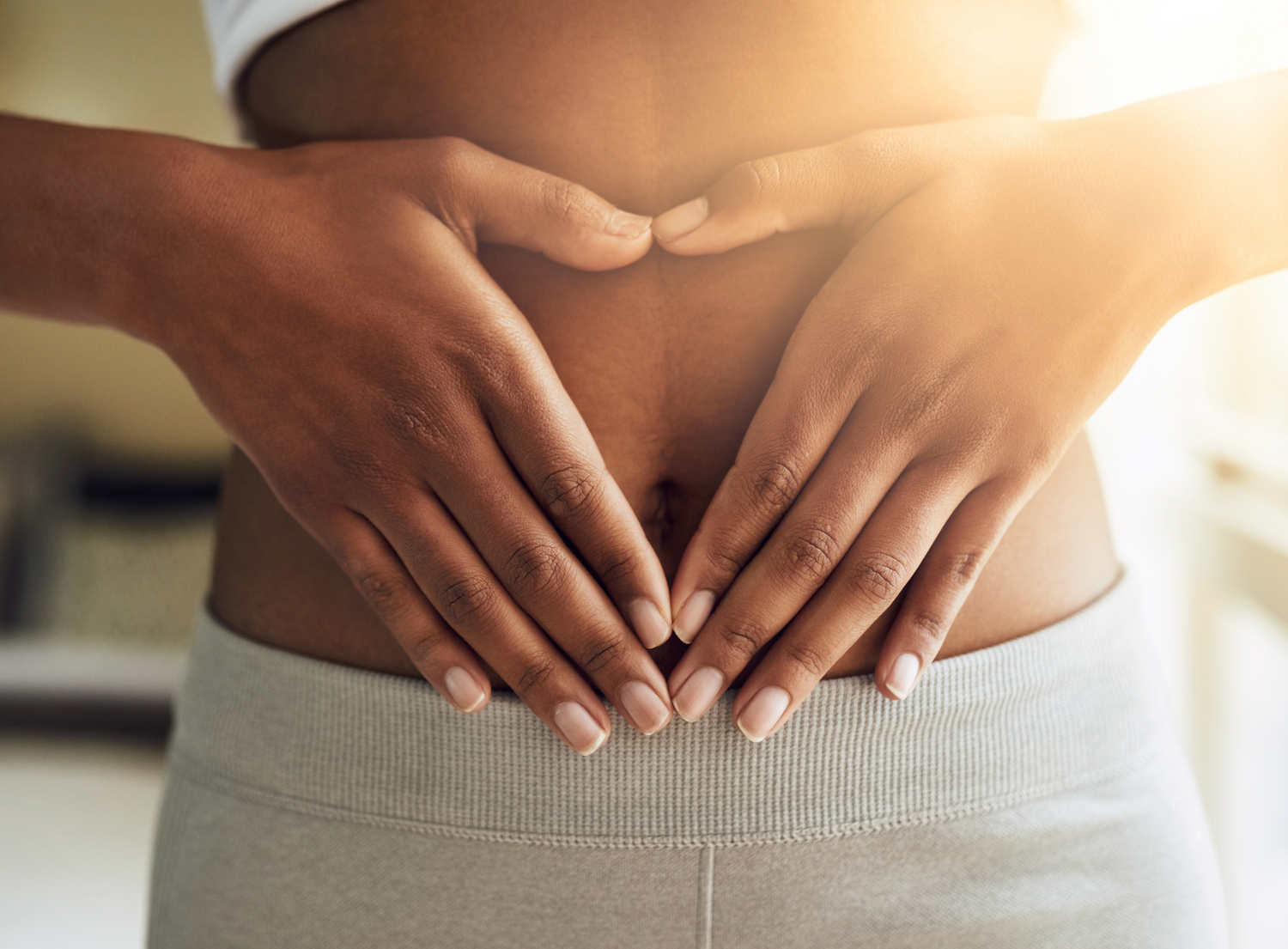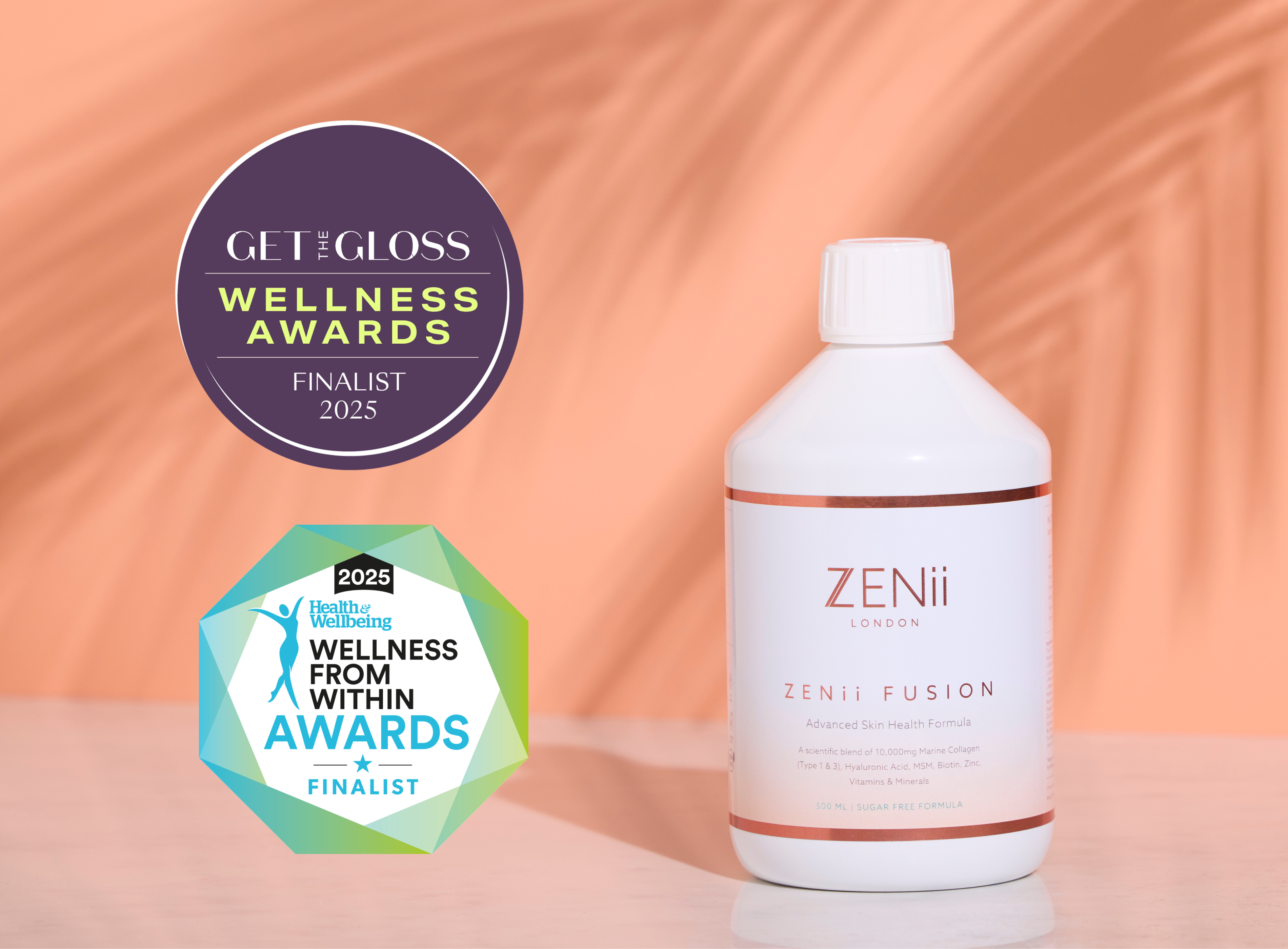Unless you’ve been living under a very large rock these last few years, you will have noticed that the subject of gut health and probiotics will never have been far from any health or wellness chat.
Whether it’s hardcore scientific literature you’re into, or if glossy magazines are more your thing, the role of gut microorganisms in health and disease really has now hit the mainstream. But with so many offerings on the market, how do you know whether what you’re buying really is likely to be as beneficial to you as all the emerging data suggests?
I’ll guide you through what you should be looking for and why, but first I’d like to run through a little of the current thinking.
Gut-Brain-Skin Axis
The intricate connection between our gut, brain and skin is of increasing interest in the medical community. All three of these organs derive from the same embryological cell line, so it’s little wonder that there’s a connection.
The theory of the gut-brain-skin axis was first proposed back in 1930 by the Dermatologists, John Stokes and Donald Pillsbury, who suggested that emotional states such as anxiety or depression could alter the gut microbiome, affecting immunity, and induce local or systemic inflammation including that in the skin.
This concept was then developed to describe a complex, bi-directional signalling system involving various biochemical messengers, elements of the nervous system and the actions of gut bacteria.

The gut is home to trillions of microorganisms, known collectively as the gut microbiota, or microbiome. The gut-brain-skin axis explains how changes in the balance of bacteria in the gut can have a profound effect on our general health and that of our skin.
Recent studies have shown that probiotics, or live, beneficial ‘good bacteria’ play a pivotal role in maintaining gut and skin health by:
- Balancing the Microbiome and preventing overgrowth of ‘bad’ or harmful bacteria. This balance is vital in reducing inflammation. Dysbiosis, or imbalance of these bacteria, particularly in the skin, has been found to cause inflammation and lead to conditions such as acne and eczema.
- Reducing inflammation by regulating the immune system. The gut houses a significant portion of the body’s immune cells. The immune system in the gut releases signalling molecules that influence brain and skin function and play a role in inflammatory-related disorders.
- Improving the absorption of nutrients from the gut. Healthy guts absorb nutrients effectively. These nutrients are essential for the health of all cells, including those in the skin. Probiotics enhance the healthy function of the gut to ensure that all cells of the body receive the nutrients they need to function.
In healthy people, the gut bacteria live in a harmonious symbiotic relationship, carrying out their functions and defending us against disease. High levels of the healthy bacteria can help manage the levels of harmful bacteria ensuring a well-balanced system. Conversely, low levels of the helpful bacteria can lead to high levels of harmful bacteria which can adversely affect the immune system.
Dysbiosis
Eating a poor or heavily processed diet as well as obesity, IBS, stress, inflammatory bowel conditions cardiovascular disease, as well regular antibiotic treatments can lead to what is known as ‘dysbiosis’, or an imbalance between healthy and harmful bacteria.
Many other chronic diseases are also now well-recognised as being associated with dysbiosis.

Overgrowth of the harmful bacteria, and/or low levels of healthy bacteria has been associated with multiple health concerns including cardiovascular disease, inflammatory bowel disease, diabetes and obesity. Ongoing research also suggests a possible link with autism and Alzheimer’s Disease.
Luckily, research suggests that restoration of a healthy balance can be achieved in a variety of ways.
How do we positively change our microbiome?
As early as in the 4th Century, people in China were treating diarrhoea with faeces from healthy people. Quite a repulsive thought, I know!
Bedouins living in North Africa have also long eaten camel faeces as natural remedy for bacterial dysentery.
They passed down this knowledge to German soldiers in the second world war, and in 1958 Ben Eisman, an American physician first treated patients with colitis with a faecal transplant – moving the healthy bacteria from one person (via their faeces) into a sick patient, to rebalance their gut microbiome.
Clearly, this can come with risks – particularly of moving harmful bacterial from person to person- but ongoing clinical work in the area, where faeces has been safely transplanted from a healthy person to a sick patient, shows extraordinary promise and this method of ‘recolonising’ the gut is now frequently used to treat severe bacterial infections of the intestine.
In less extreme circumstances, to maintain gut health, most of us have to focus our attention on getting the right bacterial balance by concentrating on the other end! So this means looking at what can be eaten or taken in orally…
Prebiotics, Probiotics and Postbiotics
Changes to your diet is the safest, cheapest and most natural way to begin to address the microbiome. Scientific studies, most recently and famously by the Zoe programme, suggests that eating whole, unprocessed foods, that are as close to their natural state as possible, can impact the microbiome in a positive way.
You may also have heard the term ‘prebiotics’. This refers to the healthy bacteria-supporting foods that we ingest but cannot digest ourselves.
The most well-known prebiotic is fibre. This provides food for the bacteria in the gut, encouraging their growth. Eating foods rich in prebiotics helps to increase the number and diversity of microorganisms in our gut.

Different fruits and vegetables contain a range of prebiotic molecules. Below is a brief summary of the most well-studied:
- Fructooligosaccherides (FOS) found in onions, leeks, garlic, bananas, asparagus
- Galactooligosaccherides - found in legumes such as lentils and chickpeas
- Inulin- found in many of the same vegetables as FOS
- Beta-glucan- found in wholegrains, oats, barley rye and mushrooms
Probiotics
The World Health Organisation’s definition of probiotics is ‘live microorganisms that, when administered in adequate amounts, confer a health benefit on the host’.
The potential health benefits of probiotics include: reduction of growth of harmful bacteria; reduction of inflammation and improved absorption of nutrients.
Probiotics can be found in certain fermented food or drink (such as kefir, kimchi, sauerkraut or kombucha), or they may be taken as a supplement drink, powder or capsule. In people with healthy immune systems, taking a daily probiotic may help to rebalance your system.
Some of the most commonly-studied and recommended probiotics are detailed below:
-The Lactobacillus genus including L.acidophius, L. rhamnosus, L. casei and L plantarum
-The Bifidobacterium genus including Bfidobacterium longum and breve
Acidophilus or L.acidophilus is probably the most well-known probiotic out there. It has multiple applications and is found naturally in the mouth, stomach, gut, vagina, urinary tract and lungs.
Bifidobacteria represent 8–10% of the intestinal bacteria, and are able to produce vitamins, enzymes, acetic and lactic acids; they also lower the pH of the colon, inhibit pathogens, and have immune activation properties.
Taking in Bifidobacterium bifidum orally, appears to suppress the production of specific immunoglobulin E and to promote the IgA response, which is useful for treatment in immune-mediated, allergic responses. Bifidobacteria are also predominant in the guts of breastfed babies, and their presence is positively associated with their healthy immune systems.

Research shows that taking probiotics may also help to reduce abdominal pain and bloating in IBS-sufferers. The strains responsible for reduction in these symptoms seem to be Lactobacillus types.
Zoe research has also found that women taking probiotics containing Lactobacillus seem to be less prone to bacterial vaginosis (BV) – a bacterial imbalance in the vagina. Similar findings have been discovered previously in many studies examining their effects on the skin - where they seem to inhibit the growth of the harmful bacteria in the skin that causes acne. Recent trials using topical probiotics onto the skin applied in a cream are seemingly having positive results.
Another interesting recent finding in animal models relates to the gut-brain axis.
Studies have shown that rebalancing the gut microbiome has been associated with lessening of depression and anxiety symptoms, as well as being associated with better sleep quality. More research is needed in this area, but it is thought to be related to improved nutrient absorption resulting in optimisation of hormonal and neurotransmitter function.
It is possible that taking a daily probiotic may slow the effects of skin aging. There is evidence that having a healthy gut immune system affected the immunity within the skin, and may help to counteract damage cause by harmful UV rays. Research is ongoing, and there are some promising results being seen in skin diseases such as acne, rosacea and psoriasis.
Taking antibiotics can obliterate the colony of good bacteria in the gut, as well as the bad ones. I would recommend that people taking antibiotics, ensure a daily supplement of probiotics during and after the course to help recolonisation of the gut with and to restore balance.
Postbiotics
Postbiotics is the term given to the waste molecules produced by microbes in the gut once they have digested the prebiotics in our food.
These useful chemical waste products have been found to contain molecules whose functions are far-reaching in their roles in maintaining health.
These include vitamins, including B Vitamins and Vitamin K, which are involved in the healthy function of the nervous system, and blood clotting.
Fatty acids are also produced, which are involved in the maintenance of a healthy immune system and nervous system. Healthy bacteria can also produce antibiotics – involved in killing and cleaning out some of the harmful gut bacteria. Waste debris made up of bacterial fragments and cells can also prime the immune system to help fight off infection.
How to identify a good probiotic
Many experts agree that probiotics are most effective provided as a microencapsulated supplement.
Whilst probiotics are often available via dairy products, dairy is a common allergens and even if you don’t have a dairy allergy, still has the potential to cause gut irritation and can exacerbate skin issues such as acne and eczema.

Secondly, microencapsulation allows the probiotics to reach the gut without being broken down. An important feature to ensure your body actually reaps the rewards and avoids pouring your money down the drain.
Probiotics are available in a number of different strains and these differing strains can provide various health benefits. Supplements consisting of a variety of different strains will offer additional benefits compared with supplements containing just one or two.
Clinical evidence shows that supplementing a high strength probiotic, such as ZENii Probiotics (which contains 20 billion bacteria), can be more effective at addressing a number of health issues compared with those providing lower doses.
Why ZENii Probiotics are amongst the best on the market...
High strength formulation containing 20 billion bacteria.
Eight highly researched strains of probiotic providing a range of benefits.
Microencapsulation ensures probiotics survive stomach acids.
Capsule ensures minimal change of allergic or intolerance reactions, unlike milk based products.
So, research in this area continues, but a few things are clear to me regarding ensuring a diverse and healthy microbiome.
First and foremost, the most important place to start is by eating a diverse, broad diet, featuring as many different fruit, vegetables and legumes as possible. Including non-digestible fibre such as the types discussed above, is also likely to be associated with better health via its postbiotic effects.
Some experts suggest aiming for 30 different types of vegetable per week.
Taking a daily probiotic with a good selection of healthy bacteria, such as ZENii’s Biome Buddies, is also likely to be beneficial addition to your routine, particularly if you have other symptoms of ‘dysbiosis’ such as IBS or inflammatory bowel disease; acne or dermatitis; recurrent vaginal or urinary infections, as discussed above, or are or have been taking antibiotics.
So, we now know that the impact of the balance of bacteria in the gut is far reaching and influences all physical systems in our bodies and even our mental health.
One day in the not-too-distant future, it is likely that we will all be able to access personalised recolonisation techniques, individually designed to target what which bugs we’re missing and the ones we’ve got too many of, and the availability of personalised microbiome analysis certainly marks the first step in this direction.
However, until such sophisticated methods are affordable, accessible and commonplace, I will be found chowing down on as many plants as I can get my chops around, and, as by taking a safe and clinically- formulated, encapsulated biobiotic!
Probiotics are not currently advised if you are pregnant, elderly of living with an impaired immune system and I would always advise you to speak to a Doctor if you are considering probiotics and are in one of these groups.




